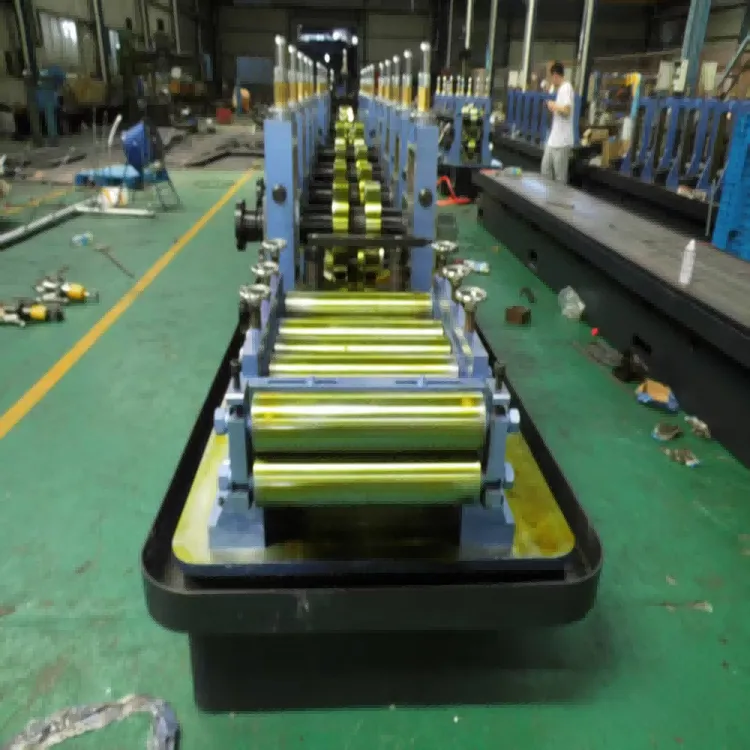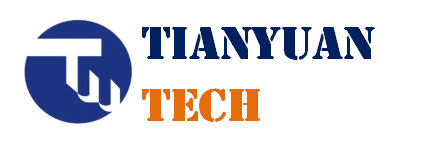Understanding ERW Pipe Making Machines
Electric Resistance Welded (ERW) tube mills run through several carefully timed steps that include uncoiling steel sheets, forming them into shape, welding the seams together, then giving the tubes their final touches. The process starts when a big coil of steel gets unwound and pushed into the ERW equipment. At this point many wonder about something pretty important: what role does electrical resistance actually play in making sure those tubes hold together properly along their seams? After all, getting that weld right is crucial for structural strength.
Difference Between ERW and Other Steel Pipe Production Methods
Understanding the differences between ERW and other steel pipe production methods is crucial for selecting the right type for specific applications. Unlike seamless pipe manufacturing, which requires extensive input materials, ERW utilizes flat steel sheets, offering cost-effectiveness and better weld integrity.
7 Key Advantages of Modern ERW Pipe Manufacturing
Enhanced Production Speed & Cost Efficiency
Modern Electric Resistance Welded (ERW) pipe manufacturing offers enhanced production speed and cost efficiency, revolutionizing steel pipe production. Is it true that with rapid production cycles, manufacturers can reduce lead times for large orders, often by as much as 30% compared to traditional methods?
Superior Weld Quality Through Electric Resistance Technology
Electric resistance technology ensures superior weld quality in ERW pipes. This welding method produces strong and integral seams that minimize the risk of failure under high-stress applications.
Material Versatility: Carbon Steel to Special Alloys
ERW pipe manufacturing processes provide unmatched material versatility, accommodating a wide range of materials from carbon steel to advanced alloys. Does this flexibility allow industries to tailor pipes to specific applications, including those requiring corrosion resistance or high-temperature endurance?
Precision Dimensional Control for Critical Applications
Advanced ERW machines offer precision dimensional control essential for critical applications. The ability to maintain consistent production quality over long runs underscores the reliability of ERW solutions.
Energy-Efficient Operation Compared to Seamless Methods
Recent technological advancements have significantly enhanced the energy efficiency of ERW operations, often reducing energy consumption compared to seamless manufacturing techniques. How do optimized heating elements and shorter operation cycles contribute to reduced power consumption?
Adaptability for Custom Pipe Specifications
The adaptability of modern ERW production lines plays a crucial role in fulfilling custom pipe specifications. Enhanced programming interfaces facilitate seamless transitions between production runs.
Reduced Material Waste Through Advanced Forming
Advanced forming techniques in ERW manufacturing contribute to reduced material waste, successfully minimizing scrap rates. How do techniques like roll forming and incremental punching ensure optimal raw material utilization?

Technical Innovations Transforming ERW Production
AI-Powered Quality Monitoring Systems
AI-driven systems are transforming the landscape of ERW production by providing real-time analysis during manufacturing processes. Do these innovations enhance predictive maintenance capabilities and lead to reduced downtime?
Automated Coil Handling and Forming Processes
Automation in coil handling has become a cornerstone of enhancing workplace safety and operational efficiency in ERW production.
High-Frequency Welding Advancements
High-frequency welding techniques are setting a new standard in ERW production, allowing for quicker weld times while maintaining weld integrity and quality.
Industry Applications Driving ERW Machine Demand
Oil & Gas Pipeline Infrastructure Development
The oil and gas sector is a major driver of demand for Electric Resistance Welded (ERW) pipes, essential components for constructing safe and reliable pipeline infrastructures.
Structural Steel Requirements in Construction
In the construction industry, ERW pipes are increasingly used for their strength, lightweight characteristics, and cost-effectiveness.
Automotive Chassis and Exhaust Systems
Within the automotive sector, ERW pipes are crucial for chassis and exhaust systems, where lightweight and strength are imperative for optimal performance.
Water Distribution Network Modernization
The modernization of water distribution networks necessitates durable and reliable materials like ERW pipes, which are less prone to leaks.
Quality Assurance in ERW Pipe Manufacturing
In-Line Non-Destructive Testing (NDT) Methods
In-line Non-Destructive Testing (NDT) methods play a crucial role in the ERW pipe manufacturing process by identifying potential defects in welded seams without damaging the product.
Automated Thickness Gauging Systems
Automated thickness gauging systems are instrumental in ensuring that pipes meet strict industry standards during production. How does real-time monitoring enhance product quality control?
Hydrostatic Pressure Testing Protocols
Hydrostatic pressure testing protocols are essential for confirming that pipes can withstand specified pressure levels safely.
Sustainable Manufacturing Practices
Energy Recovery Systems in Mill Operations
Integrating energy recovery systems into ERW tube mill operations is a transformative move toward sustainable manufacturing.
Recycling Scrap Metal in Production Cycle
Recycling scrap metal in the production cycle is a crucial practice in minimizing waste and fostering environmental sustainability.
Low-Emission Manufacturing Technologies
Utilizing low-emission manufacturing technologies is vital in significantly reducing the carbon footprint of pipe production.
Future Trends in ERW Pipe Production
Integration of IoT for Predictive Maintenance
IoT technology in ERW pipe production is revolutionizing predictive maintenance, significantly reducing downtimes.
Development of Smart Piping Systems
Smart piping systems equipped with advanced sensors offer crucial real-time monitoring capabilities.
3D Printing Compatibility Enhancements
The incorporation of 3D printing technology into pipe manufacturing marks a new era of flexibility and innovation.
FAQ
What is ERW pipe manufacturing?
ERW pipe manufacturing involves shaping and welding steel sheets using electric resistance to form high-quality welded pipes.
How do ERW pipes compare to seamless pipes?
ERW pipes are cost-effective and offer better weld integrity compared to seamless pipes, which require extensive input materials.
What industries typically use ERW pipes?
ERW pipes are commonly used in oil and gas, construction, automotive, and water distribution sectors.
Are ERW production methods energy efficient?
Yes, ERW production has advanced to become more energy-efficient, often reducing energy consumption by up to 40% compared to seamless methods.
Table of Contents
- Understanding ERW Pipe Making Machines
- Difference Between ERW and Other Steel Pipe Production Methods
-
7 Key Advantages of Modern ERW Pipe Manufacturing
- Enhanced Production Speed & Cost Efficiency
- Superior Weld Quality Through Electric Resistance Technology
- Material Versatility: Carbon Steel to Special Alloys
- Precision Dimensional Control for Critical Applications
- Energy-Efficient Operation Compared to Seamless Methods
- Adaptability for Custom Pipe Specifications
- Reduced Material Waste Through Advanced Forming
- Technical Innovations Transforming ERW Production
- Industry Applications Driving ERW Machine Demand
- Quality Assurance in ERW Pipe Manufacturing
- Sustainable Manufacturing Practices
- Future Trends in ERW Pipe Production
- FAQ

